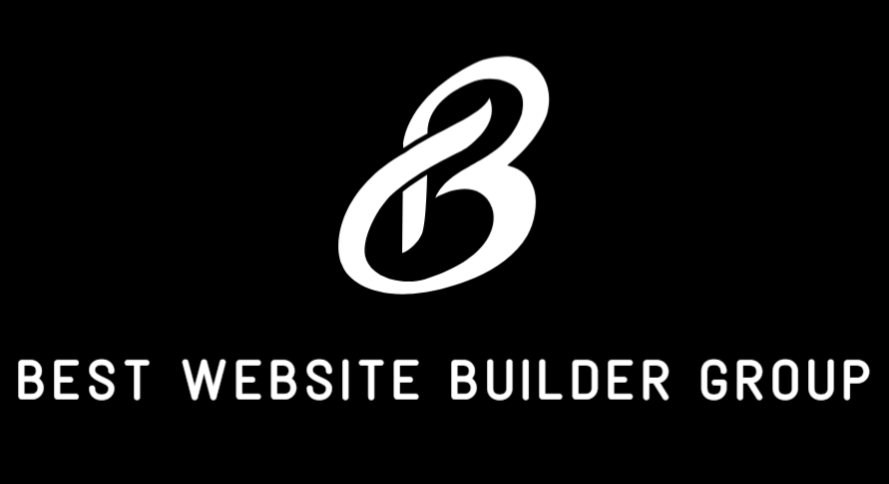For anyone looking to share ideas, build authority, or generate income online, the question of how to create blogger website is one of the first steps in the journey. Blogging has transformed from a personal diary-style activity into a powerful business and marketing tool. Modern bloggers use their websites to attract audiences, establish expertise, and even create full-time revenue streams. Building a blogger website today involves more than just publishing posts—it requires thoughtful planning, effective design, reliable hosting, and ongoing optimization. This article explores each stage of the process, helping beginners and professionals alike understand how to create a successful blog from the ground up.
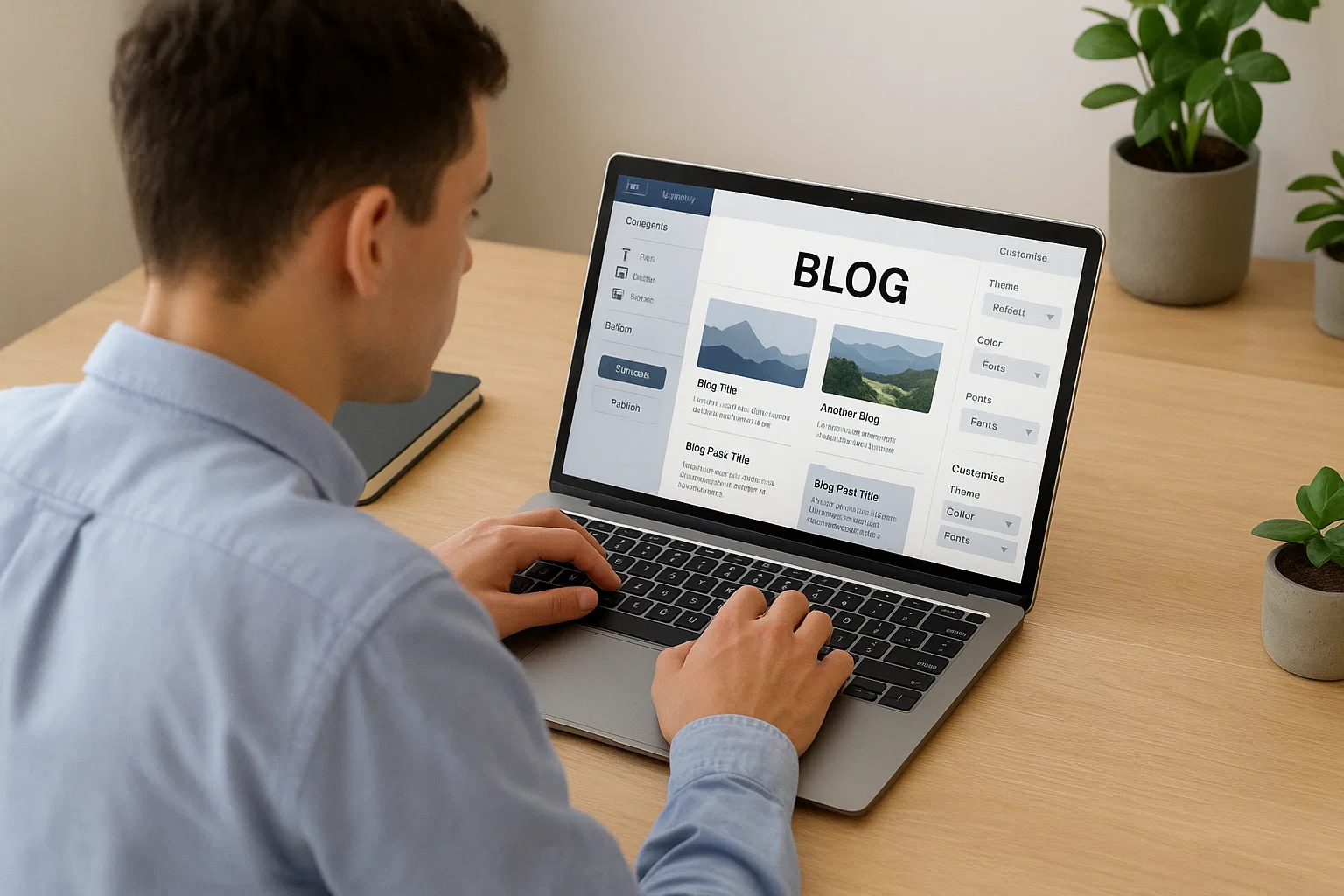
Defining Your Blogging Goals
Before learning the technical aspects of how to create blogger website, it is important to clarify your goals. Are you blogging to share personal insights, establish thought leadership, or support a business brand? Each goal influences the platform, design, and content strategy you choose. For instance, a professional blog that supports a digital marketing agency may emphasize case studies and SEO-driven content, while a personal travel blog may focus on visuals and storytelling. Defining goals early ensures the website aligns with your long-term vision.
Choosing the Right Blogging Platform
One of the first practical steps in answering how to create blogger website is selecting a platform. Popular options include WordPress, Blogger, and other content management systems. WordPress remains the most versatile choice, powering more than 40% of websites globally. Its flexibility makes it ideal for bloggers who want full control over design, plugins, and scalability. Blogger, owned by Google, provides a simpler, more user-friendly option for those who prefer minimal setup. For professionals aiming for growth, WordPress Website Design is often the most strategic choice because it offers unlimited customization and SEO advantages. Resources from WordPress.org provide detailed guidance for new users.

Securing a Domain Name and Hosting
No guide on how to create blogger website is complete without addressing domain names and hosting. A domain is the website’s address, while hosting is the service that stores and delivers your content online. Choosing a clear, memorable domain that reflects your niche helps visitors remember and return. Hosting quality directly affects speed, security, and reliability. Bloggers should choose hosting plans that provide sufficient bandwidth, backups, and scalability. CDNs can further improve performance by distributing content across servers worldwide.
Designing Your Blog for Success
Visual design plays a critical role in building credibility and engaging readers. When planning how to create blogger website, consider layout, color scheme, and user experience. A clean design with intuitive navigation encourages visitors to explore multiple posts. Themes should be mobile responsive since most traffic now comes from mobile devices. Customization options, available through platforms like WordPress, allow bloggers to match their sites with personal branding. For growing businesses, investing in professional Website Redesign services ensures that design keeps up with evolving trends and expectations.
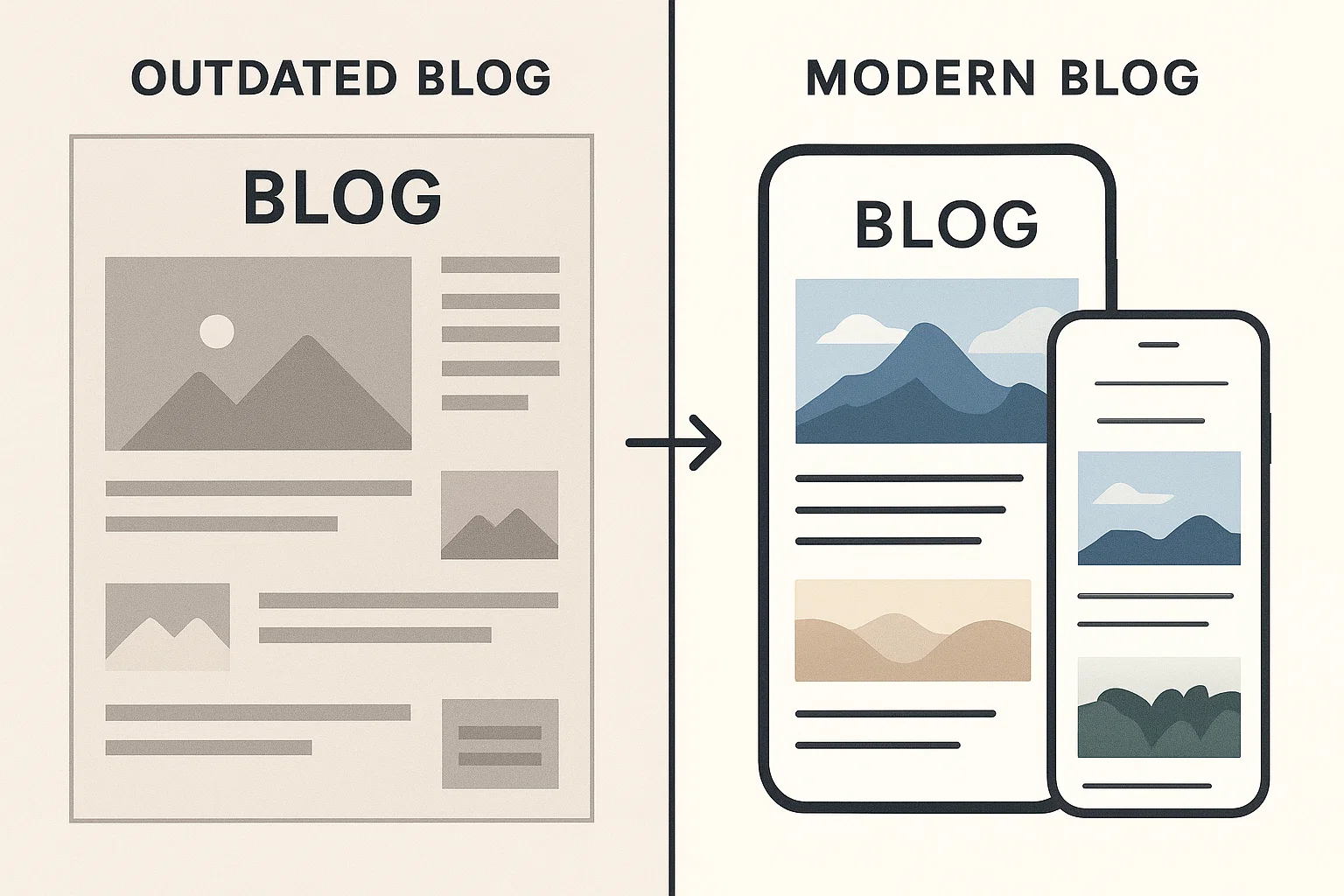
Creating and Organizing Content
Content is the heart of any blog. To truly understand how to create blogger website, one must learn to publish content that educates, entertains, or inspires readers. Successful bloggers develop content calendars to maintain consistency. Each post should include engaging headlines, compelling visuals, and valuable information. Organizing content with categories and tags makes it easier for users to navigate and for search engines to index. Bloggers should also integrate calls to action, whether encouraging readers to comment, share, or explore related posts. High-quality content builds authority and drives organic traffic over time.
Optimizing for Search Engines
No discussion of how to create blogger website would be complete without addressing search engine optimization. SEO ensures that your blog appears in search results when users type queries related to your content. Basic SEO involves optimizing titles, meta descriptions, headers, and image alt text. More advanced practices, such as structured data and technical audits, fall under Technical SEO Services. Bloggers can use resources like Google Search Central to stay updated on SEO best practices. Combining content creation with optimization dramatically increases the chances of growing an audience organically.

Integrating Multimedia and Interactive Elements
Modern blogging goes beyond text. To succeed in how to create blogger website, bloggers should integrate images, videos, infographics, and even podcasts. Multimedia content enhances storytelling and keeps readers engaged longer. Interactive elements such as polls, quizzes, or embedded social media feeds create a dynamic experience. By appealing to different learning styles and preferences, multimedia content increases both traffic and user retention. It also boosts shareability, helping content reach new audiences through social platforms.
Promoting Your Blog
Even the best-designed blog cannot succeed without promotion. Understanding how to create blogger website includes learning how to market it effectively. Social media platforms such as LinkedIn, Twitter, and Instagram provide powerful distribution channels. Email newsletters nurture relationships with readers and encourage repeat visits. Guest posting on related blogs helps build backlinks, a key element of SEO Services. According to HubSpot, companies that blog regularly generate significantly more leads than those that do not, highlighting the importance of consistent promotion and content sharing.
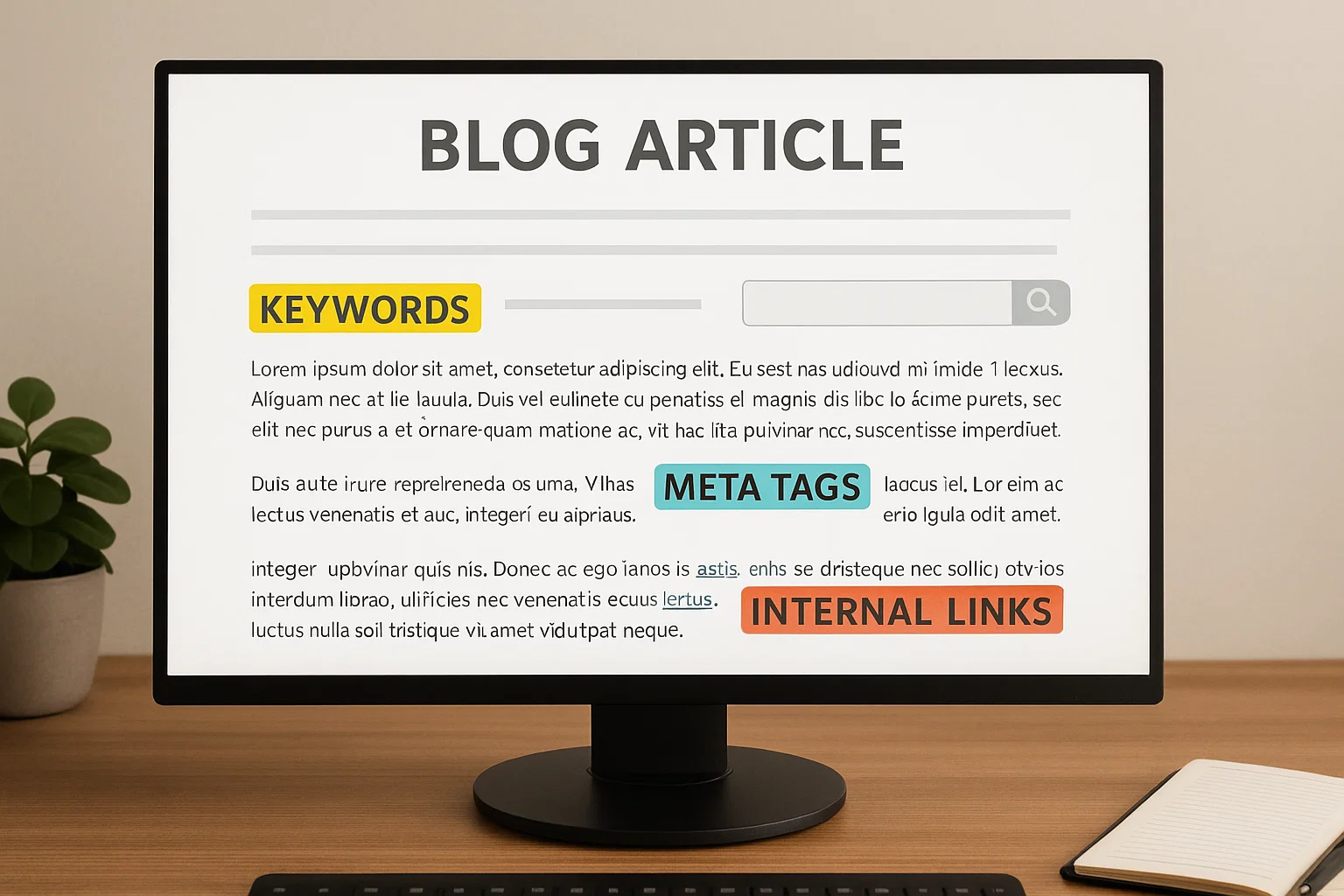
Monetizing Your Blog
Many who ask how to create blogger website also want to know how to monetize it. There are several ways to turn a blog into a revenue-generating platform. Common strategies include display advertising, affiliate marketing, sponsored posts, and selling digital products. For professionals, a blog can also serve as a lead generation tool that drives traffic to services or consulting offers. The key to successful monetization lies in building trust with your audience first, then introducing monetization methods that align with their needs and expectations.
Maintaining and Updating Your Blog
Launching a blog is only the beginning. To fully understand how to create blogger website, one must also focus on ongoing maintenance. This includes updating content, ensuring plugins and themes remain current, and backing up data regularly. A neglected blog quickly loses credibility, while an updated one signals professionalism and reliability. Services such as Website Maintenance help ensure a blog continues to perform well over time. Regular updates also provide more opportunities for SEO, since search engines reward fresh, relevant content.
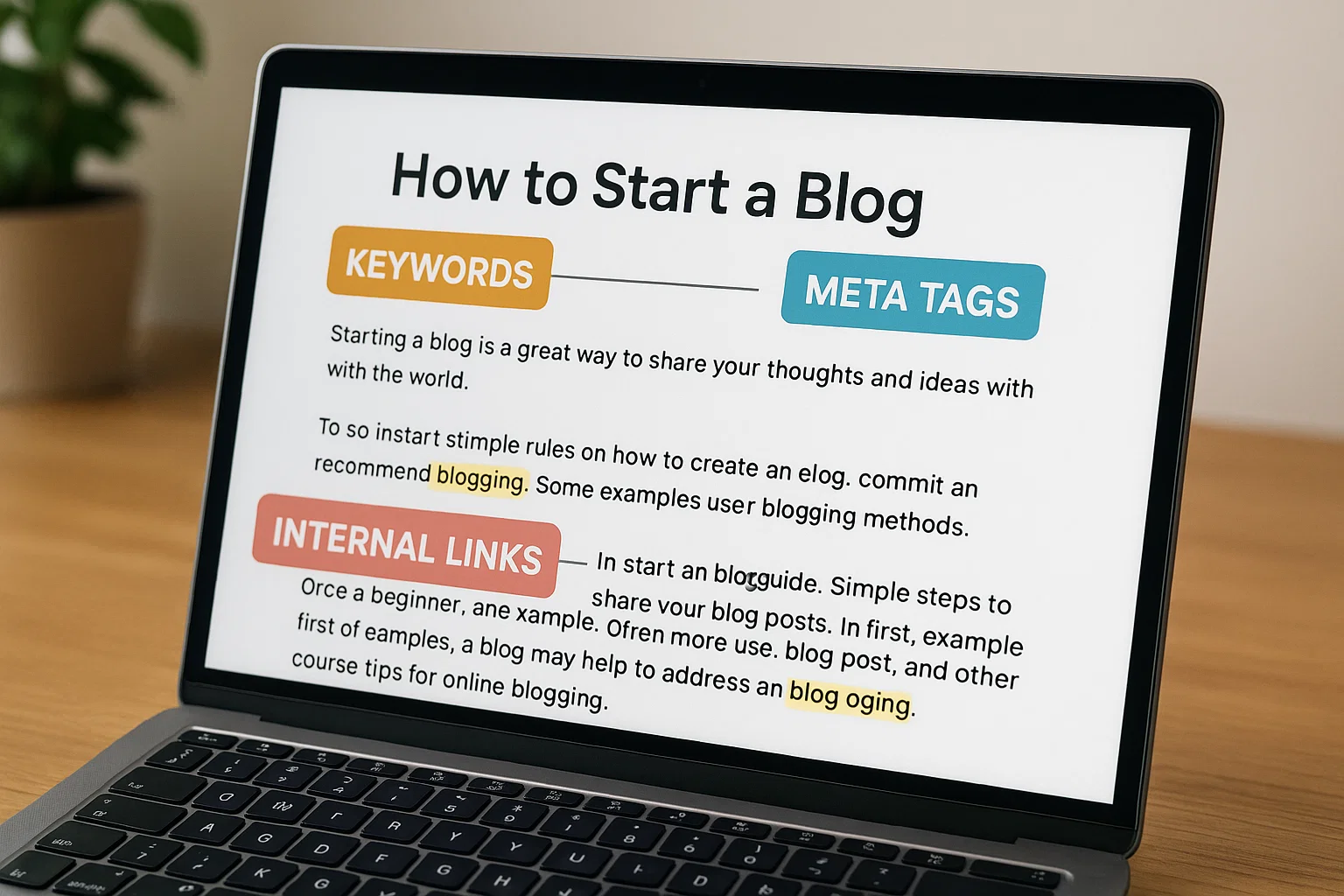
Conclusion
Answering the question of how to create blogger website involves more than just publishing posts—it requires strategic planning, reliable hosting, thoughtful design, consistent content, and ongoing optimization. From selecting the right platform to implementing SEO best practices, each step builds the foundation for long-term success. Bloggers who treat their websites as professional digital assets position themselves for growth, visibility, and monetization. For those seeking expert support in launching or improving a blog, working with experienced professionals such as Best Website Builder Group ensures that every detail—from design to maintenance—is handled with care, leaving you free to focus on sharing your ideas with the world.
